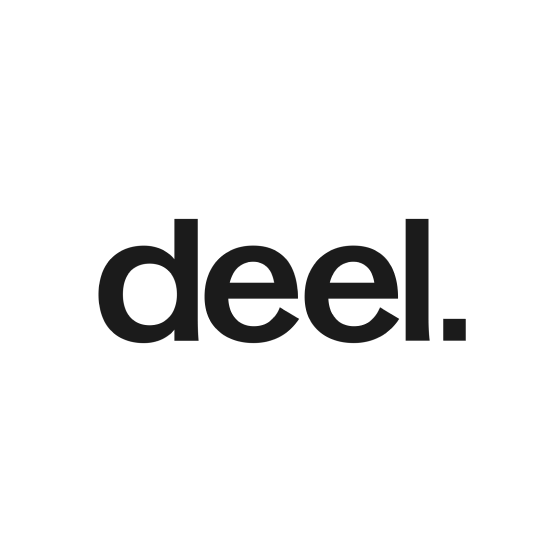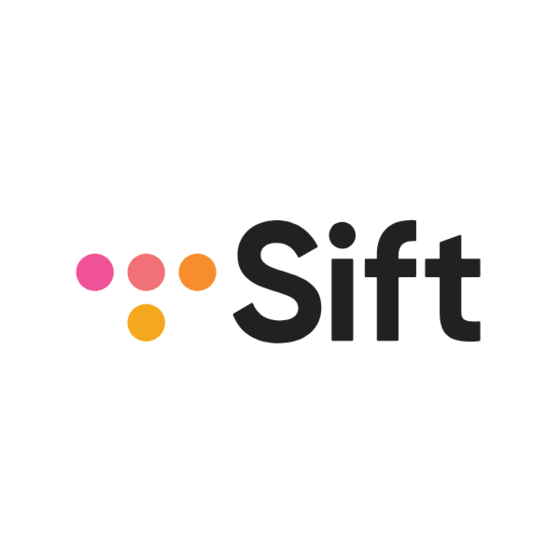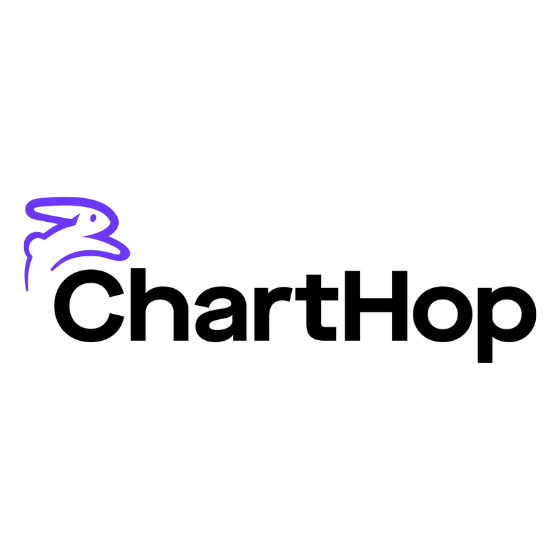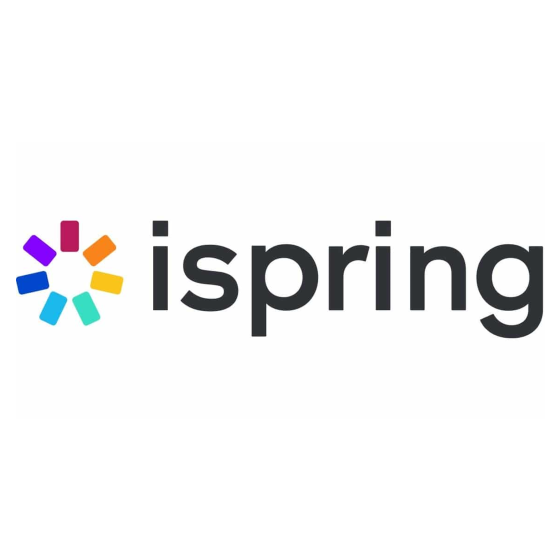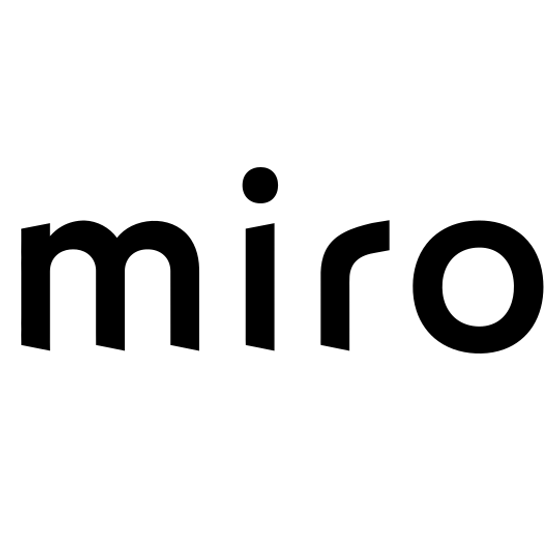Pricing varies based on features, usage, and service level, so check if you need all the bells and whistles or just the basics
Upfront cost doesn’t reflect total cost; watch for add-ons like user licenses and support plans that can add up quickly
Focus on ROI and scalability, not just sticker price, to ensure the tool grows with your team without unexpected costs
Choosing the right org chart tools can be confusing. Many tools have complex pricing tiers, hidden fees, and limited public pricing info.
This guide is for you if you're a buyer, finance lead, or department head involved in budgeting or procurement.
I'll break down typical cost ranges, common pricing models, and potential hidden fees. You'll also get advice on evaluating ROI.
Let's make sure your team makes informed decisions without any surprises.
What Factors Influence Org Chart Tools Pricing?
When you're choosing org chart tools, pricing can vary based on the number of employees, contractor support, and tax filing fees. Let's dig into the specifics:
| Factor | How It Affects Pricing |
|---|---|
| Number of Employees | More employees mean higher costs since pricing often scales with headcount, typically adding $2-$5 per employee per month. |
| Contractor Support | If you need contractor management, expect additional fees for each contractor, usually around $2-$3 per contractor per month. |
| Tax Filing Fees | Some tools charge extra for filing taxes on your behalf, ranging from $50 to $200 annually based on the complexity and number of filings. |
| Integration Needs | Connecting with other HR systems can add costs; integration fees may range from $100 to $500 depending on the complexity of the systems you're linking. |
| Customization | Tailoring the software to fit your specific processes can increase costs, with custom setup fees often starting at $500. |
Org Chart Tools Price Comparison
| Tool | Best For | Trial Info | Price | ||
|---|---|---|---|---|---|
| 1 | Best for org charts with employee profiles tagged according to skills and expertise | Free trial + demo available | From $29/month | Website | |
| 2 | Best for up-to-date org charts that boost team connection | Free trial available | From $1.50/user/month | Website | |
| 3 | Best for automated org chart creation | Free demo available | From $1.05/user/month (billed annually) | Website | |
| 4 | Best org chart software for visualizing all employee data in one place | Free demo + free plan available | From $8/user/month | Website | |
| 5 | Best for dynamic AI org charts | 30-day free trial | From $199/seat/month | Website | |
| 6 | Best for quickly creating org charts from your existing employee data | Free plan + free demo available | From $9/user/month (billed annually) | Website | |
| 7 | Best for an org chart within an LMS | Free trial + demo available | From $3.70/user/month (billed annually) | Website | |
| 8 | Best for mapping role-based structures | 7-day free trial | From $249/month (billed annually) | Website | |
| 9 | Best org chart maker within a collaborative whiteboard platform | Free plan available | From $8/user/month (billed annually) | Website | |
| 10 | Best for resource planning | 28-day free trial | From $5/user/month | Website |
Understanding Pricing Models
When choosing org chart tools, understanding the pricing model helps you budget wisely. Pricing models differ from cost, as they dictate how you’re charged—whether per user, usage, or tiered. Here’s a breakdown of common models:
| Pricing Model | How It Works | What to Watch For |
|---|---|---|
| Per user or seat | Charges based on the number of users or seats you need | Costs can add up quickly as your team grows |
| Per usage | Pricing depends on the level of tool usage, like the number of org charts created | Keep an eye on usage spikes that could increase your bill |
| Tiered subscription | Different pricing tiers offer varying features and limits | Ensure the tier you choose matches your feature and usage needs |
| Custom quote | Tailored pricing based on your specific requirements | Custom quotes can vary widely; get detailed breakdowns to avoid surprises |
| Pay-as-you-go or annual | Pay for what you use monthly or commit to a yearly plan for a potential discount | Annual plans can save money but require upfront commitment |
Typical Pricing by Company Size
Pricing scales with company size, impacting your budget and tool choice. Here’s what to expect based on your team’s size:
| Company Size | Typical Price Range | What’s Usually Included | Common Use Cases & Vendors |
|---|---|---|---|
| Small business | $20–$50/month | Basic org charts, limited users, basic support | Simple org chart needs; Lucidchart, Creately, Pingboard |
| Mid-size business | $100–$300/month | More users, integrations, advanced features | Growing teams with integration needs; OrgWeaver, Pingboard, Lucidchart |
| Large business | $500–$1,000/month | Unlimited users, custom features, premium support | Complex structures; Sift, Lucidchart, Pingboard |
| Enterprise | $1,500+/month | Full customization, enterprise-level support | Global operations; Sift, Pingboard, Lucidchart |
Hidden & Add-On Costs to Watch For
When choosing an org chart tool, it's easy to overlook hidden costs. Onboarding fees, premium support, and integration costs can surprise you. Let's break down these potential expenses:
| Cost | Description |
|---|---|
| Onboarding/setup fees | Initial setup can cost several hundred dollars, as seen with vendors like Pingboard and Lucidchart, who may charge for custom implementation. |
| Training or certifications | Some tools require paid training sessions or certifications, which can range from $50 to $200 per session, as offered by vendors like OrgWeaver. |
| Premium support | Enhanced support packages can add $100+ per month, common with vendors such as Sift, who offer tiered support plans. |
| Integrations beyond standard set | Connecting additional apps can incur extra charges, with fees varying widely depending on the complexity and vendor, like Lucidchart. |
| Usage overages | Exceeding usage limits can lead to extra charges, often $10-$50 per instance, as seen with Pingboard's user-based pricing. |
| Contract minimums | Some vendors, like Sift, require a minimum contract length, which could lock you into a long-term commitment with penalties for early termination. |
| Compliance or legal updates | Updates to comply with regulations might incur costs, as vendors like OrgWeaver may charge for maintaining legal compliance modules. |
Types of Org Chart Tools Pricing: Subscription Plans & Upgrade Triggers
Org chart tools often use subscription pricing with different tiers and upgrade triggers based on your needs:
- Tiered Plans: Most vendors like Lucidchart and Pingboard offer plans such as Starter, Pro, and Enterprise. These tiers typically include varying levels of features, user access, and support options.
- Upgrade Triggers: You might need to upgrade if you exceed user limits or require additional integrations. For example, Pingboard might cap the number of users on lower plans, pushing you to upgrade as your team grows.
- Annual vs. Monthly Discounts: Vendors often provide discounts for annual commitments. Lucidchart, for instance, offers a reduced rate if you pay yearly instead of monthly, making it cheaper in the long run.
To avoid overspending, assess your team's current and future needs. Opt for a plan that matches your growth trajectory and take advantage of annual discounts if you’re planning long-term usage.
Maximizing ROI from Your Org Chart Tools Investment
ROI should guide your buying decision for org chart tools, and tracking it post-implementation ensures you’re getting value for your money:
Time Saved
Automation and streamlined workflows can greatly reduce the effort your team puts into creating and maintaining org charts. By replacing manual processes, you free up time that can be spent on more strategic tasks.
Ask yourself: What manual processes will this replace? How much time could your team get back? Request vendors to demonstrate time-saving features in a typical use case to see the potential impact firsthand.
Error Reduction
Reducing errors can save your team from costly mistakes that arise from manual handoffs or calculations. Consider where errors currently occur and how the new system could mitigate them.
Ask vendors to show how data validation and control are managed across the platform to prevent inaccuracies. This can help ensure that your data remains consistent and trustworthy.
Compliance Avoidance
Features that support compliance with legal, financial, or industry standards can help you avoid fines and audits. Investigate what compliance features are built into the platform and whether it supports specific industry requirements you face.
Ask vendors for examples of how their tool has helped other clients avoid compliance gaps, ensuring you’re protected from unforeseen issues.
Cross-Team Adoption or Consolidation
A tool that can replace multiple others or be easily adopted by various teams can lower costs and improve alignment. Evaluate whether this tool could realistically replace several others and which teams would use it effectively.
Ask vendors for rollout stories across functions to gauge how well the tool can be integrated into your existing processes and support cross-functional collaboration.
Questions to Ask Vendors During Pricing Demos
Demos are your team’s best chance to clarify pricing, understand what’s included, and avoid surprises.
Come prepared with questions to make the most of this opportunity. You might even draft an org chart tools request for proposal to ensure you cover all bases. Here’s what to ask:
- How does your pricing structure work, and what are the main cost drivers?
- What features are included in each pricing tier, and are there any that require an upgrade?
- Are there any usage caps or overage charges we should be aware of?
- What are the fees for support and onboarding, and are there different levels of service?
- How frequently will we be billed, and what are the terms for renewal or cancellation?
- What integrations are covered, and are there limits on the number or type of integrations?
- Are there any additional costs for scaling up users or features as our team grows?
Tips for Negotiating Org Chart Tools Pricing
Pricing is often flexible, and being well-prepared can lead to better outcomes. Strong negotiation tactics can help your team secure favorable pricing and contract terms without sacrificing functionality. Here are some tips to consider:
- Benchmark Competitors: Compare pricing and features with other vendors to understand the market rate. Use this information to negotiate better terms by showing you’ve done your homework.
- Explore Discount Opportunities: Ask about discounts for startups, nonprofits, or long-term commitments. Vendors might offer reduced pricing if you meet certain criteria or agree to longer contracts.
- Consider Pilot Programs: Suggest starting with a pilot program or phased rollout pricing to test the tool before committing fully. This can reduce upfront costs and help ensure the tool meets your needs.
- Review Renewal and Lock-in Clauses: Carefully examine renewal terms and lock-in clauses to avoid unexpected price hikes. Negotiate for fixed renewal rates or more favorable terms.
- Leverage Group Buying: If possible, use group buying or procurement support to increase your negotiating power. Joining forces with other departments or companies can lead to better pricing and terms.
What’s Next?
If you're in the process of researching org chart tools, connect with a SoftwareSelect advisor for free recommendations.
You fill out a form and have a quick chat where they get into the specifics of your needs. Then you'll get a shortlist of software to review. They'll even support you through the entire buying process, including price negotiations.


